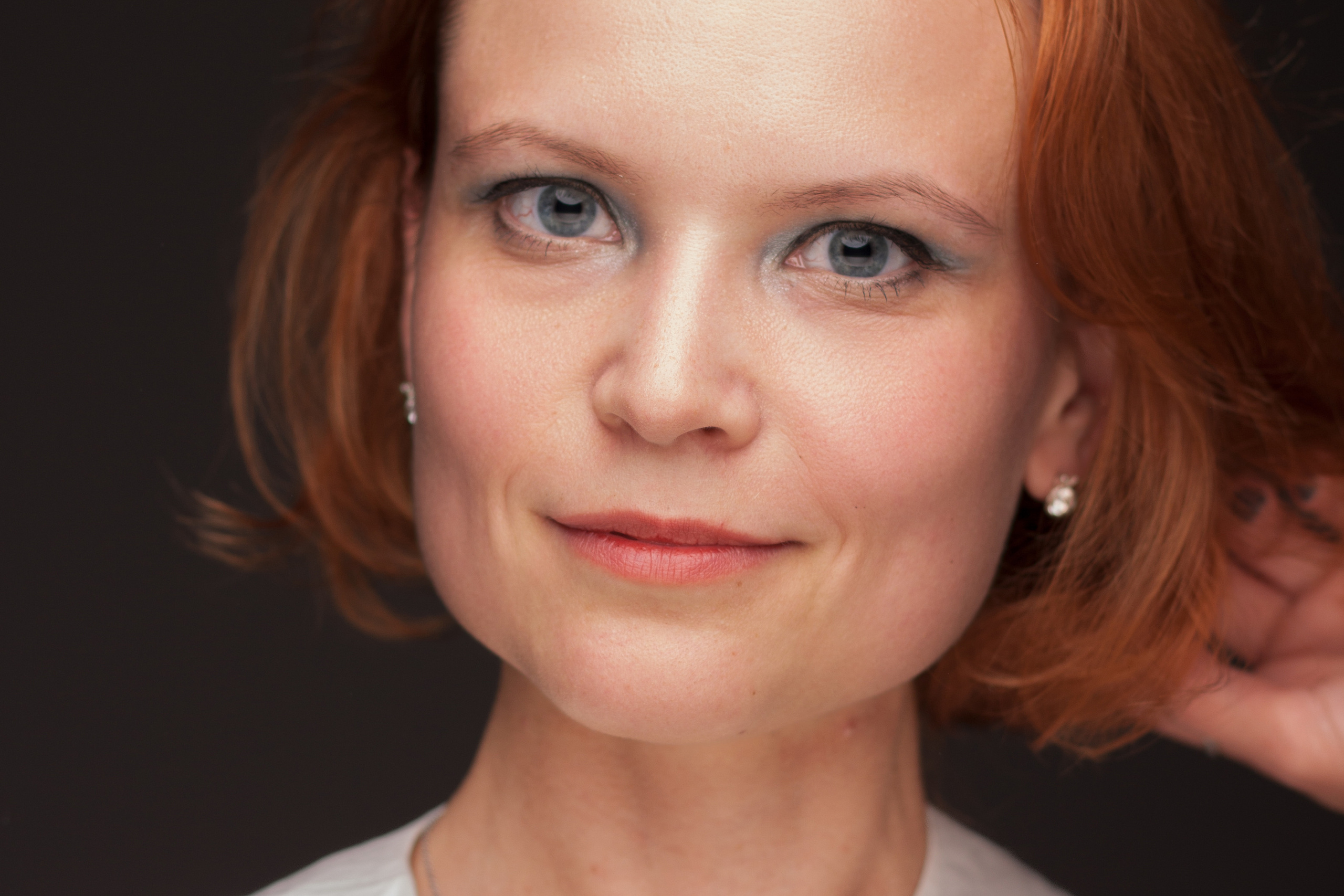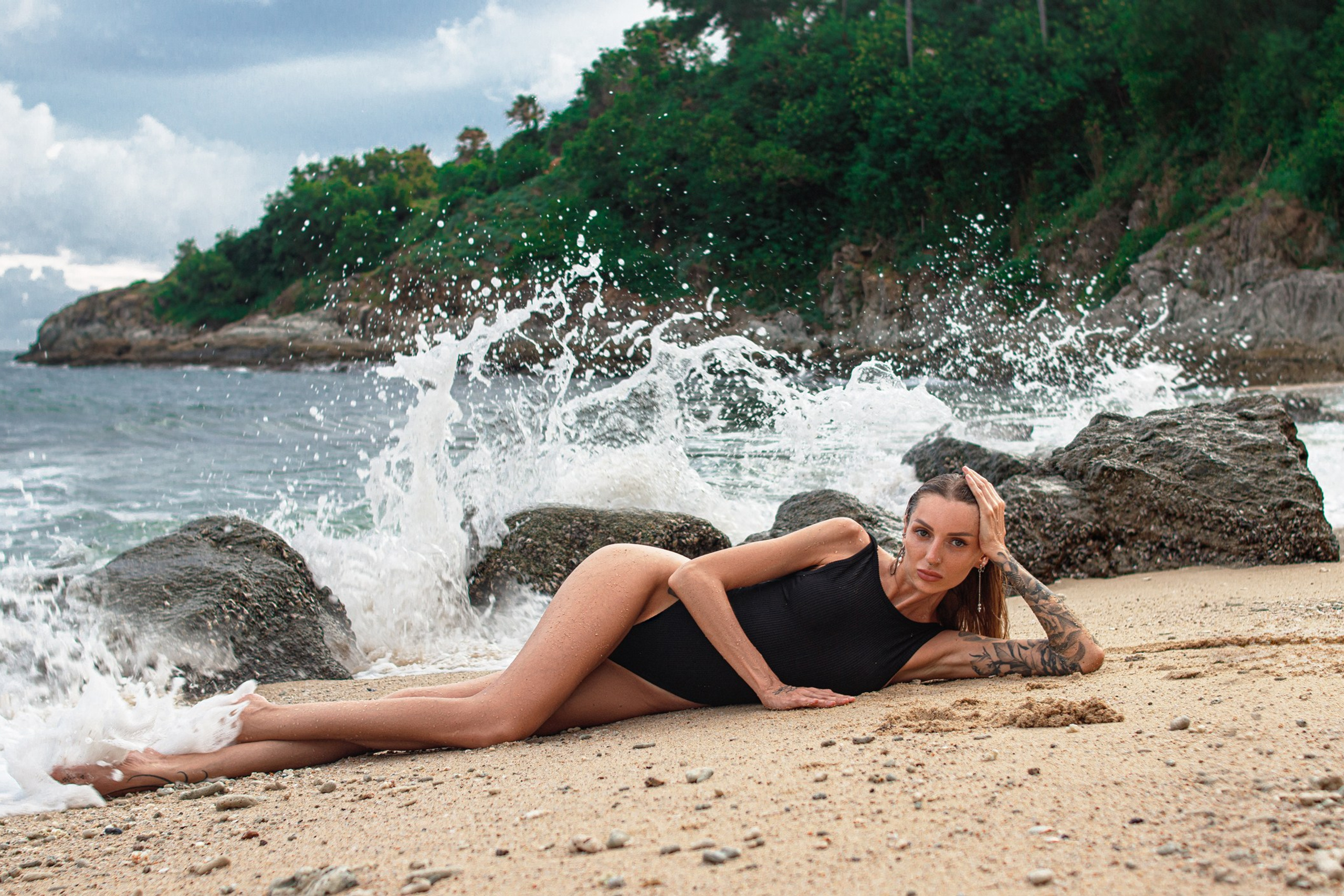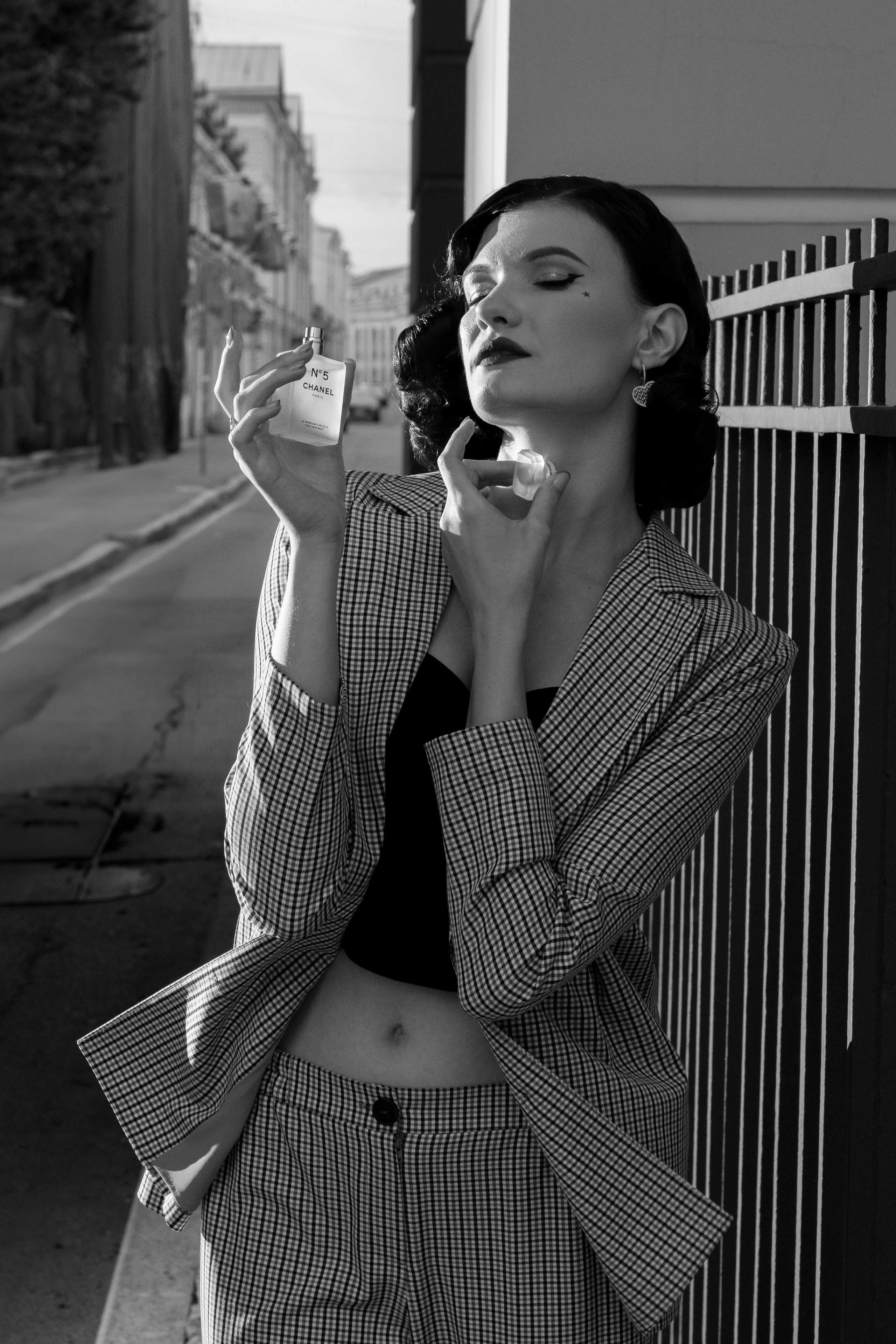
What are on-camera flashes?
On-camera flashes are auxiliary light devices that attach to the top of a camera or can be mounted on a stand and triggered wirelessly. They are used to illuminate subjects in low-light conditions. These flashes are also great for creative purposes, helping photographers create interesting lighting effects and control shadows and highlights.
Wireless flashes in street photography
Street photography is a dynamic and exciting genre that requires photographers to react quickly to changing conditions. Wireless flashes are becoming increasingly popular in street photography thanks to their flexibility and ability to create unique, expressive images.
Greater flexibility and mobility
Wireless flashes allow photographers to position light sources anywhere, enabling creative control over lighting effects while maintaining full freedom of movement. This is especially useful outdoors, where natural lighting conditions are unpredictable.
Softening shadows and controlling contrast
By using reflectors and diffusers with wireless flashes, photographers can soften harsh shadows, reduce contrast, and create a more balanced, natural light — ideal for dealing with the strong shadows often caused by direct sunlight.
Filling in the background
Flashes are excellent tools for lighting dark background areas, especially when shooting portraits in bright sunlight. They help make the subject stand out while keeping the background natural and vibrant.
Night and portrait photography
At night, flashes help light up the foreground or add highlights for more dynamic shots. In street portraits, they allow precise control over facial lighting, creating flattering effects.
Creative lighting effects
Flashes open up endless possibilities for creative experiments. Photographers can use multiple light sources to craft complex lighting setups, play with shadows, and add striking accents for a unique and emotional look.
Flash settings for outdoor shooting
High-Speed Sync (HSS):
This feature allows flashes to be used with very fast shutter speeds (up to 1/8000s), letting you shoot in bright daylight with wide apertures for shallow depth of field (beautiful bokeh).
Example HSS settings for outdoor portraits:
- Shutter speed: 1/320s (or higher, depending on sunlight)
- Aperture: f/2.8
- ISO: 100
Advantages of HSS:
- Shoot in bright sunlight with a wide aperture.
- Freeze motion in dynamic scenes.
- Darken the background for dramatic effects while lighting the subject.
Technical note: HSS works by splitting the flash burst into a rapid series of smaller pulses during the entire exposure. Not all cameras and flashes support HSS, so check compatibility before buying gear.
If your flash doesn’t support HSS:
- Use smaller apertures to control exposure.
- Example settings: 1/125s, f/8 (adjust depending on sunlight), ISO 100.
Personal recommendation
Try to use flashes to complement natural sunlight rather than overpower it. This way, your photos will look more natural and balanced.

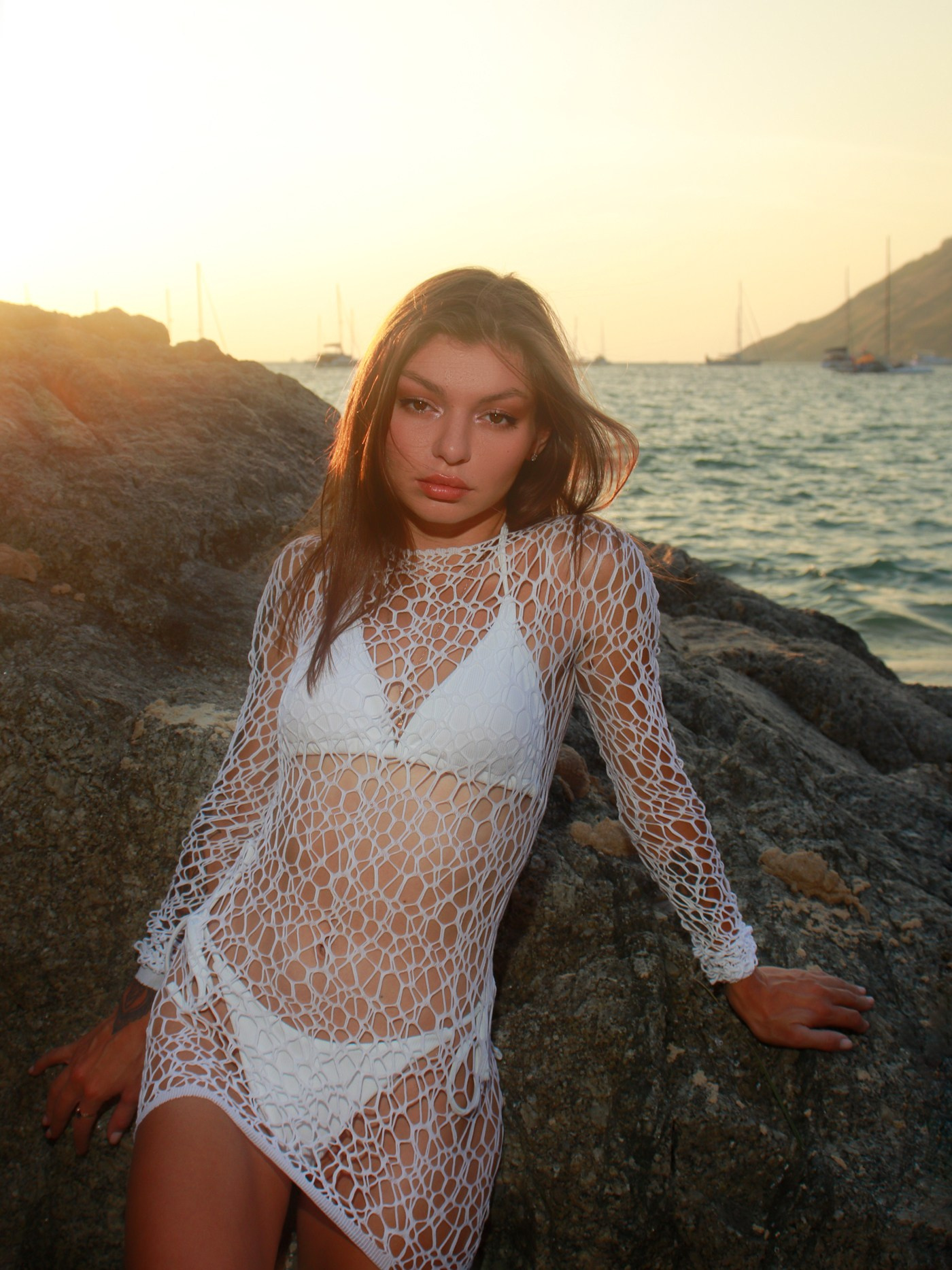

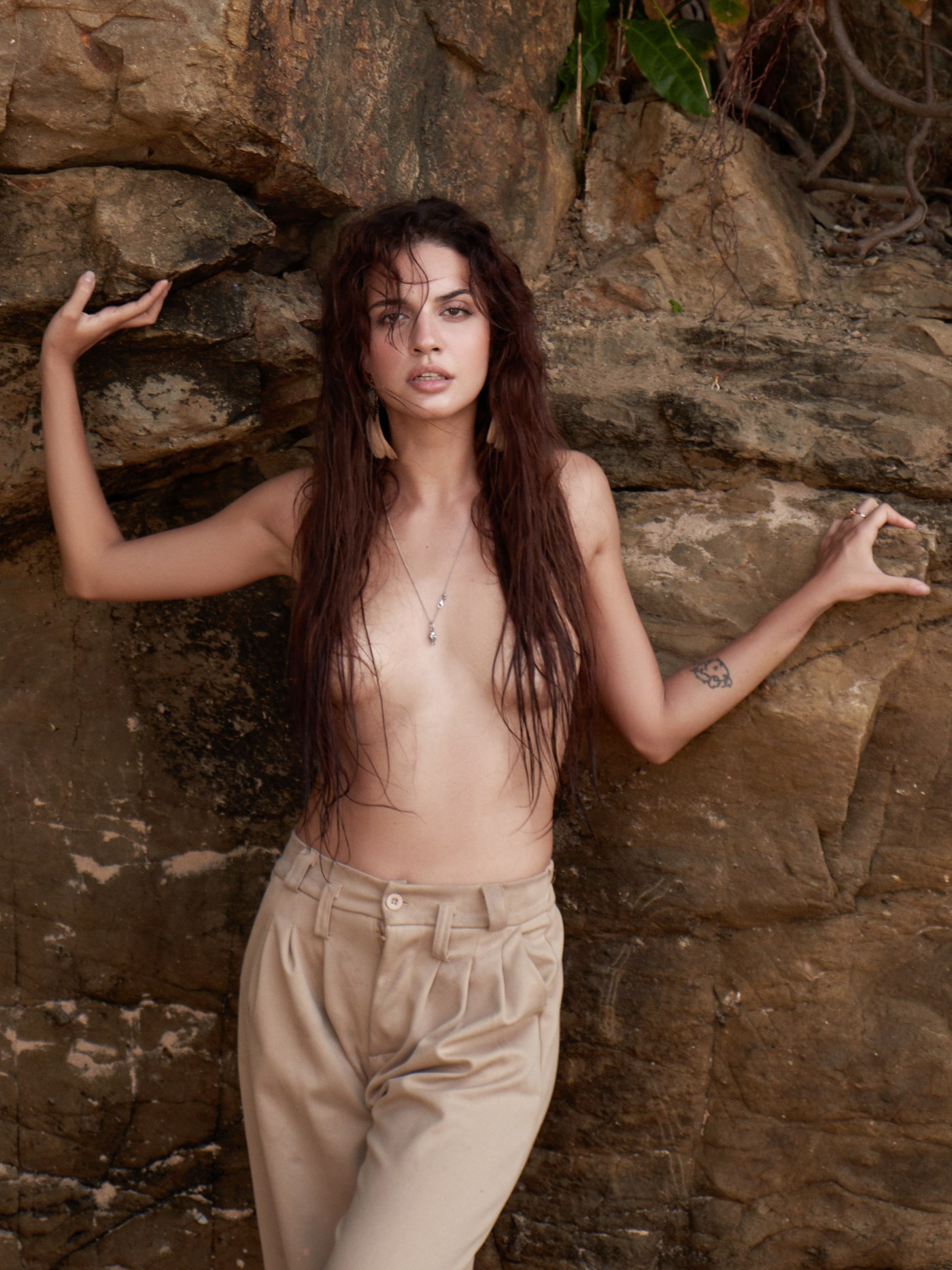
I don’t have sponsors, so I’ll rely on shares of this article on social media if you enjoyed it.
May the light be with you!
Articles and lessons about photography
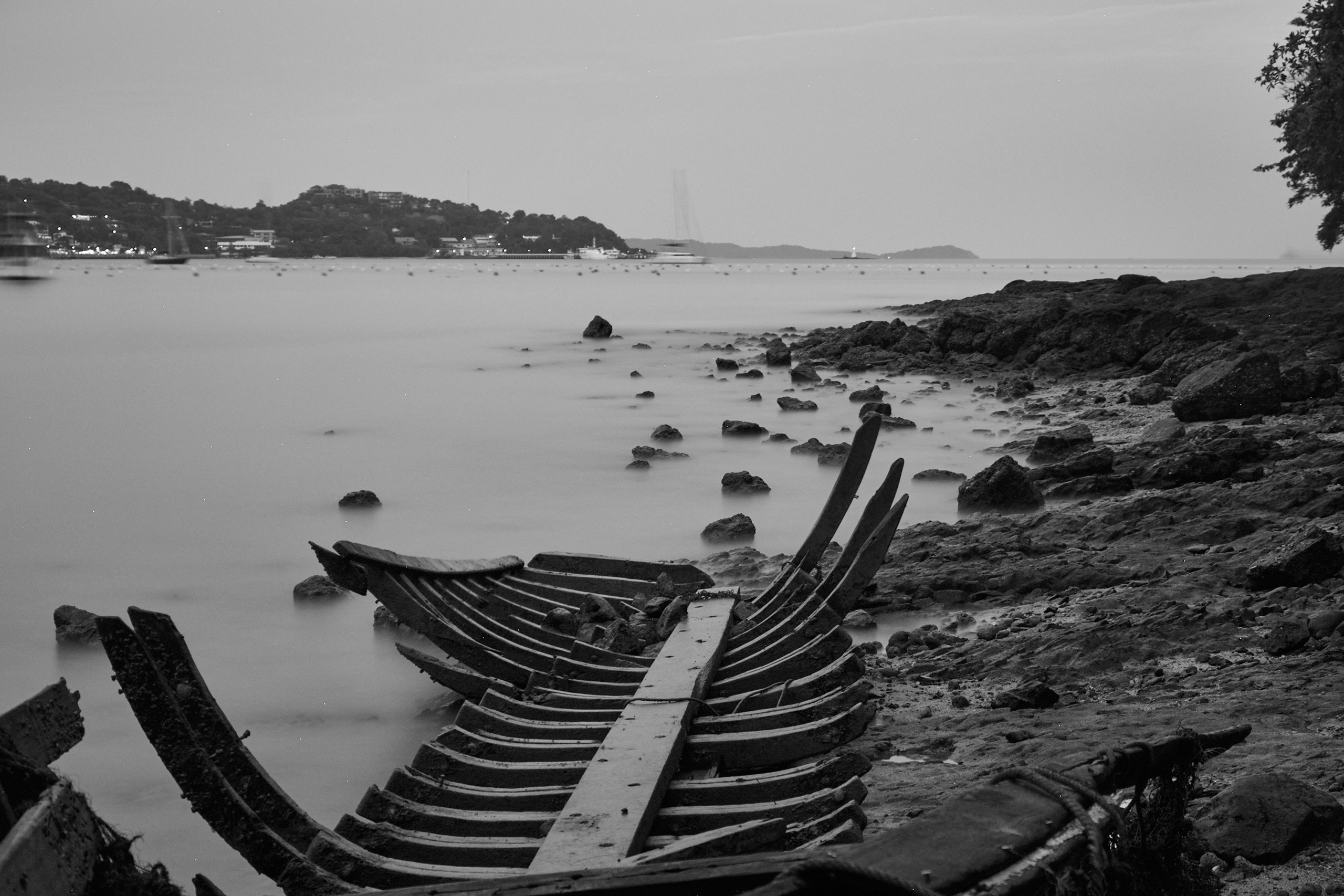
Guide to working with light and camera
